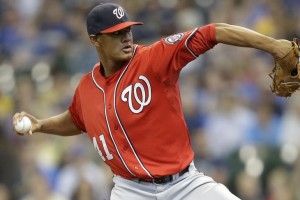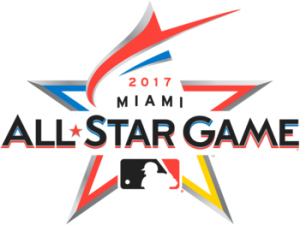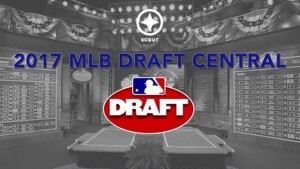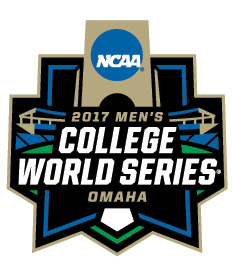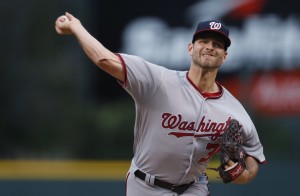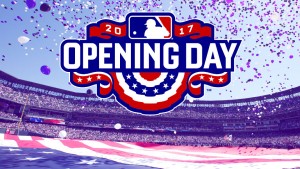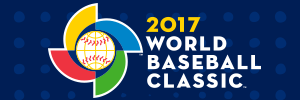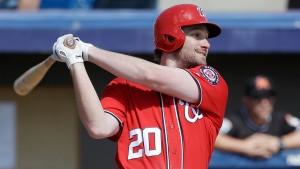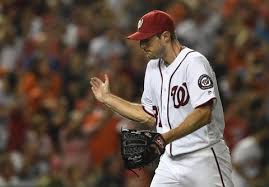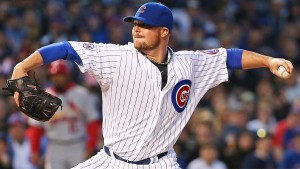As I mentioned in the comments on the previous post, I was away from computer all weekend so I missed the opportunity to comment on all the major things that went down.
So this is a clearing house of thoughts.
Joe Ross to undergo Tommy John; I don’t think anyone saw this coming, but then again nobody saw it coming with Stephen Strasburg either. With Stras it seemed to be a one-pitch injury. Ross’ pitch f/x data for his last start indicated that he was definitely off his typical velocity; compare his 90mph average on July 9th to his July 4th start, where he started routinely in the 93-94 range, before dropping off a cliff towards the end of his outing. If I had to guess, I’d guess he might have injured his arm somewhere in the 7th inning or so of his July 4th start and tried to give it a go the next outing before his teammate Max Scherzer spotted his distress. Ross finishes a struggle of a 2017 season where he got an amazing 10.55 runs per 27 outs of support; in 6 of his 13 starts the team scored more than 10 runs for him. He clearly had settled down from early season issues, throwing four consecutive quality starts and again looking like perhaps the best #5 starter in the league. Now he’s out until the all star break of next year at best, likely until September of 2018. He’s only 24, mind you, but this injury comes at a tough time for him; he’ll be arbitration eligible for the first time after the 2018 season, one in which he may only make a handful of starts. So this will cost Ross millions of dollars…. and will save the Nats at a time when they may be looking to save pennies for Bryce Harper.
Looking at the rotation for 2018; as we’ll soon find out (read on), there’s not a whole lotta help on the farm, so the Nats are probably shopping for starters this coming off-season, unless you guys think Erick Fedde will be ready for prime time next April.
In the meantime, it leads to a sticky situation in the near term yet again for this team. They traded away all their near-to-the-majors starting depth last off season, and have had to give starts already this season to three non-rotation guys (Jacob Turner, A.J. Cole and the ill-fated Jeremy Guthrie start early on). Well, now their starting depth in the minors is even weaker; A.J. Cole’s AAA era this year is a nifty 6.00 and the only other 40-man roster starter (Austin Voth) is even worse; he’s pitched to a 6.38 ERA in Syracuse this year and is either doing a rehab assignment or is being outright demoted to Harrisburg as we speak.
So instead of going with an internal option, the brain trust is enlisting the help of MLFA Edwin Jackson, who eternally owes Mike Rizzo a bottle of champagne for NOT offering him a qualifying offer when he became a FA after his run-of-the-mill 2012 season for us. The lack of the QO enabled Jackson to get a 4 year deal he never would have gotten otherwise, but cost the Nats a pick that they probably could have used … heck a junior college starter drafted towards the end of the first round in 2013 … probably would have been Sean Manaea, currently dominating for the same Oakland As who just sent us our next wave of bullpen reinforcements (more on that in a moment). But I digress.
We plan on giving Edwin Jackson another shot in the majors, despite his giving up 11 hits and 4 walks in 5 innings for Baltimore earlier this year, despite his pitching to a 5.89 ERA in San Diego last year (where everybody looks like a Cy Young winner). I’ll say this: if the Nats can score in double digits for Jackson the same way they did for Ross … maybe it won’t matter than his ERA sits in the 6-7 range. It’ll look like a slow-pitch softball game.
But what choice do the Nats have? Erick Fedde you say? Have you seen his inconsistency in Syracuse? Its like the Nats didn’t learn from jerking Tanner Roark around a couple years ago; Starting pitchers are creatures of habit. They eat the same meal 2 hours before they pitch, they do the same running and lifting sessions in-between outings. If you have a successful starter, you don’t suddenly decide he’s a middle reliever. So it should be of no surprise that Fedde’s all over the road right now.
Jacob Turner? Well, he’ll be around too; I’m guessing he’s option 1-B to Jackson as 1-A. But Turner is no savior; you don’t get DFA’d and pass through waivers and accept an outright to AAA as a pitching prospect in the modern game unless the rest of the league really, really doesn’t like you. To say there’s a lack of quality starting pitching depth in the league right now is kind of an understatement.
Who else is starting for this team in the upper minors? Here’s the rest of the Syracuse rotation right now: Sean O’Sullivan, Jared Long, Greg Ross. Her’es their current AAA ERAs respectively: 4.40, 5.29, 6.34. Here’s how we acquired them, again respectively: MLFA in May of this year, MLFA in April of last year, and again MLFA in April of last year. So three org guys just eating up AAA innings, none of which are pitching especially well. No wonder Luke Erickson over at www.nationalsprospects.com has given up tracking the AAA team this year.
Maybe we drop down to AA: how’s that look? Bleak. Taylor Hill is already demoted once this year and is closer to a release than a promotion. Austen Williams: 6.85 ERA. Matthew Crownover is pushing a 5.00 ERA. They just got Wirkin Estevez off the D/L: he’s only got 26 innings of 4.10 ERA pitching above A-Ball. Lastly there’s John Simms, the “Ace” of Harrisburg’s staff who is pitching there for the *fourth* successive season. He’s got solid numbers: 4-6 with a 3.57 ERA but middling K/9 rates and some hittability; would you rather roll the dice on a grizzled veteran with more than 1700 innings on his MLB resume or go with a guy who you refuse to promote even to AAA despite the same decently solid numbers year over year? I think you have your answer.
So lets see how it goes. Jackson’s Syracuse numbers for 2017 are pretty nifty; 20 innings, 9 hits, 22 ks. Oh and 10 walks; we’ll just say that last part a little more quietly and focus on the positive. As I noted in the comments section in another blog … we’re about to see just what the difference is between AAA and the majors.
Meanwhile, after more and more ridiculousness in the late-innings of games (including a 7 run collapse late last week that nearly blew a 10-run cushion), the Nats finally made their move to bolster the bullpen (and hopefully grease the skids for a wholesale shedding of deadweight off the 40-man roster by everyone involved in the latest debacle). Rizzo called up his best buddy Billy Beane and pulled off what I think is a pretty good trade:
- Acquire: Sean Doolittle, Ryan Madsen: both mid-30s one inning guys with excellent numbers this year and neither being one-year rentals.
- Give up: Blake Treinen, Jesus Luzardo and Sheldon Neuse
Treinen just needs a mental D/L trip; there’s nothing appreciably different with his stuff from last year (when he was good) to this year (when he has been awful). Classic change of scenery guy who returns to his drafting team and probably has a solid rest-of-2017. Luzardo and Neuse are good prospects but young and several years away; perfect for what Oakland wants. I’m bummed they’re leaving (especially Luzardo, who by all accounts has come all the way back from TJ surgery and had looked solid in his early GCL outings). Prior to 2017, Neuse was generally about our 8th best prospect and Luzardo 12th or so. Both have improved their rankings with their play this year, so this may look more foolish if Luzardo becomes a #2 starter in a few years. But as they say, you have to give up stuff to get stuff.
As others noted, the Nats managed to get these two guys without giving up any of their top ranked prospects (Robles, Soto, Fedde, Kieboom), which is a huge win.
Crazy weekend. Sorry I missed it in realtime.
